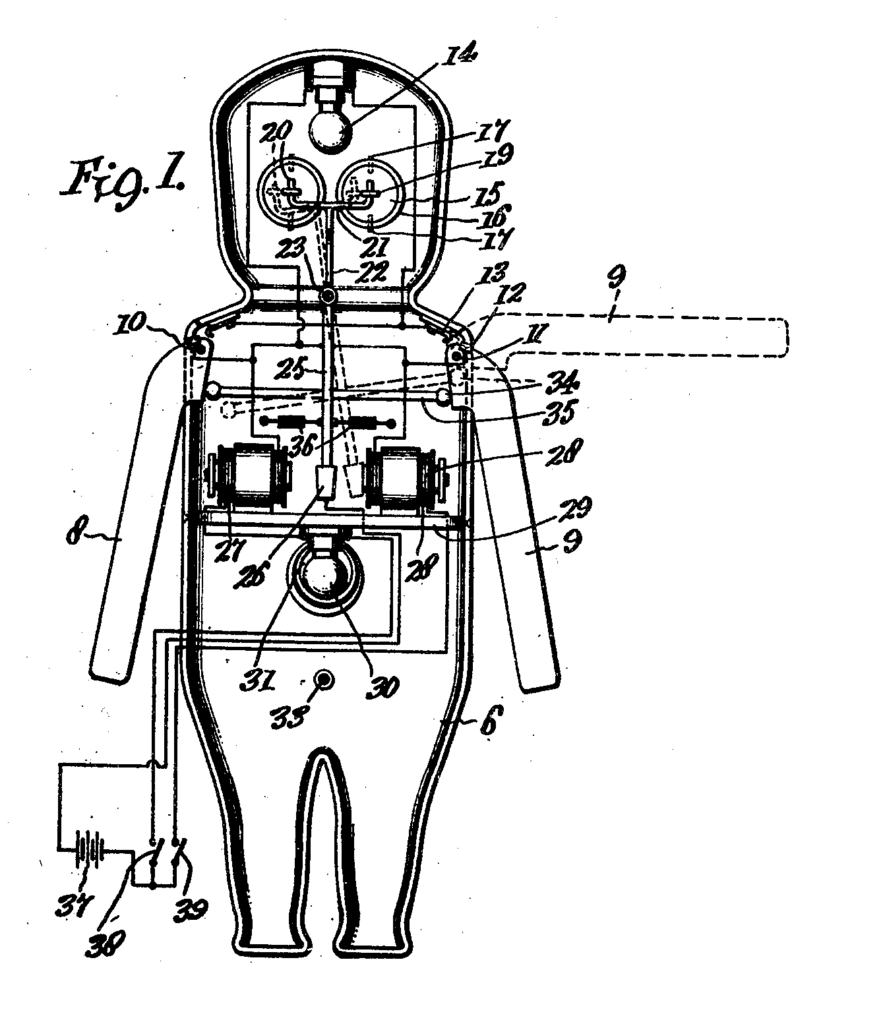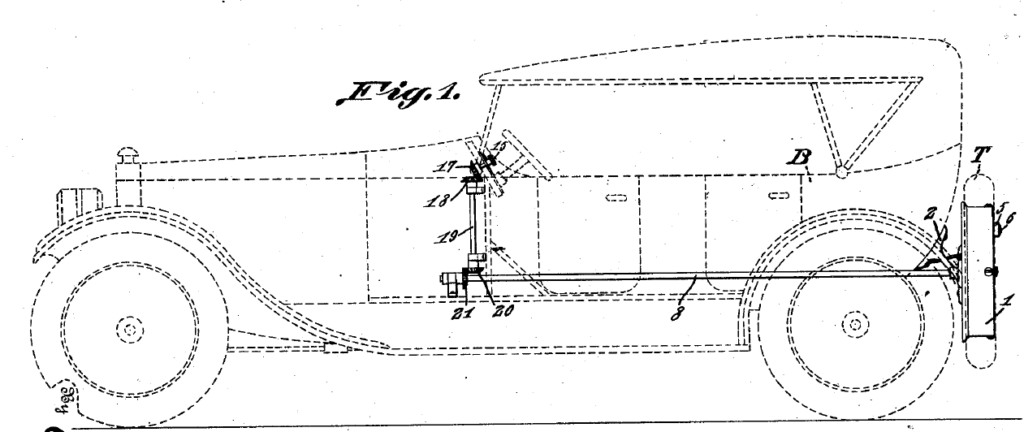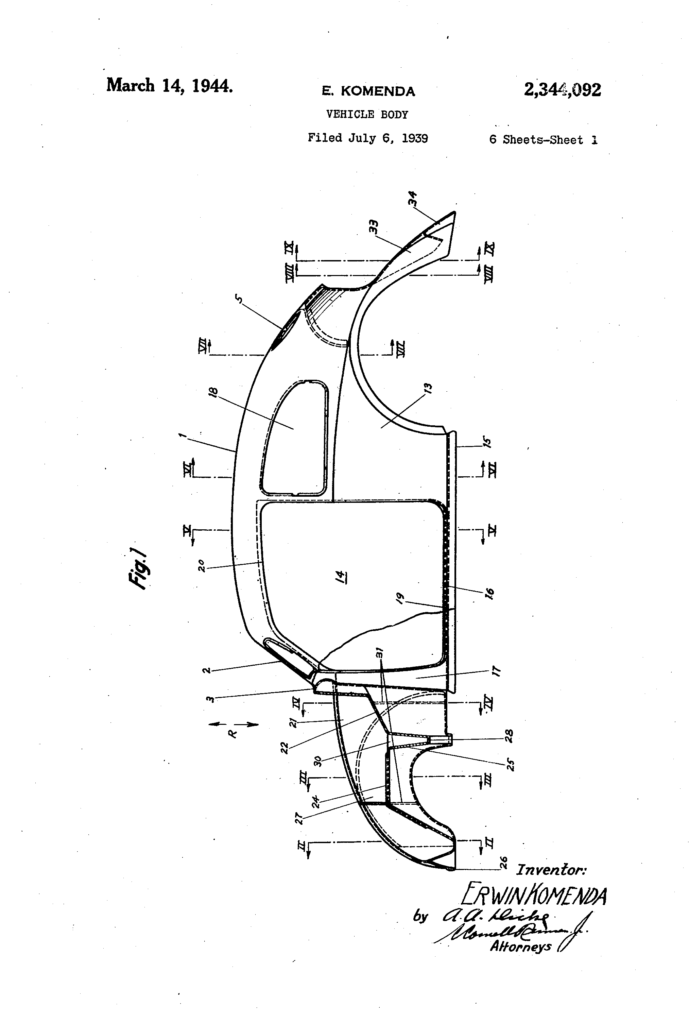On August 6, 1935, William D. Coolidge received U.S. Patent No. 2,010,712 on an improved cathode ray tube. Cathode ray tubes were critical to televisions and computer monitors until the relatively recent invention of LCD screens, and they are still used to generate x-rays in medical imaging equipment.
In 1911 Coolidge developed a ductile form of tungsten that made the manufacture of filaments for incandescent bulbs, for which in received U.S. Patent No. 1,082,933 (later declared invalid. IN 1913 Coolidge invented a hot cathode tube dubbed the Cooliidge tube that allowed for improved medical imaging, for which he received U.S. Patent No, 1,203,495. His basic design is still in use today.
Coolidge won The American Academy of Arts and Sciences Rumford Prize in 1914; was elected to the United States National Academy of Sciences in 1925; the Howard N. Potts Medal in 1926; the Louis E. Levy Medal in 1927; was elected to the American Philosophical Society in 1938; was awarded the Faraday Medal in 1939; was awarded the Franklin Medal in 1944. In 1975, shortly before his death at age 101, he was elected to the National Inventors Hall of Fame.
























